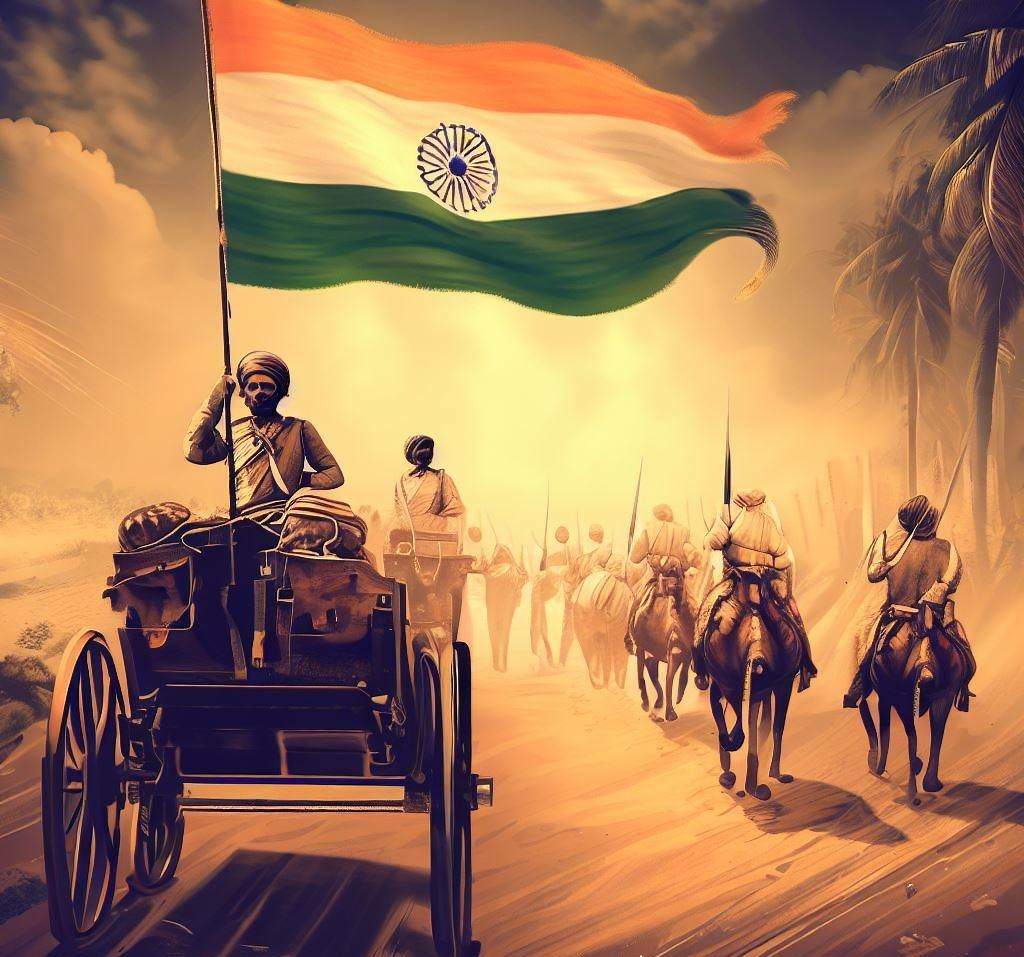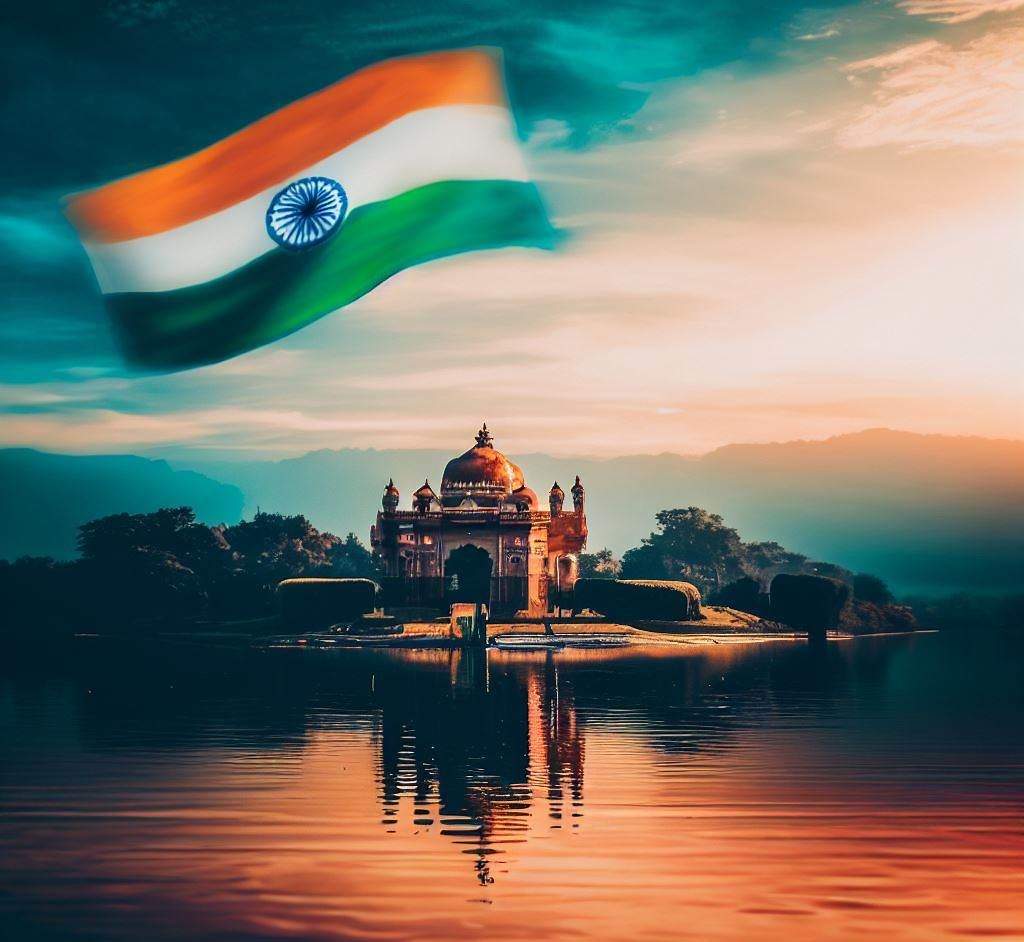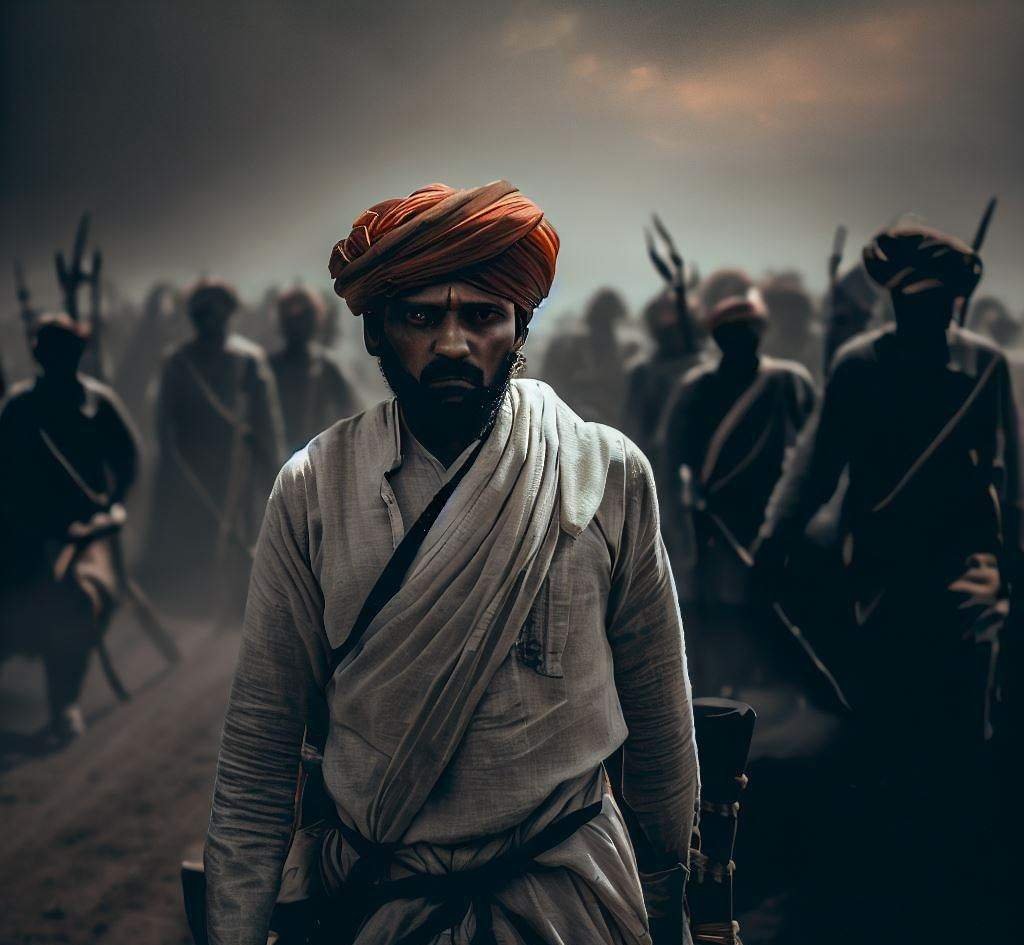The vast tapestry of India’s journey to independence from British rule is more intricate and fascinating than commonly recounted. Most historical recounts focus on the non-violent resistance led by Mohandas Karamchand Gandhi, and indeed, his contribution remains invaluable. However, numerous other events, personalities, and movements have been obscured by the looming shadow of the more popular narratives. These untold stories need their rightful place in the limelight if we are to truly appreciate the breadth and depth of the struggle for freedom.
In the 19th century, the seeds of dissent had already been sown against the British. The Sepoy Mutiny of 1857 was, by many historical accounts, India’s first large-scale rebellion against British rule. This revolt saw Indian soldiers, known as sepoys, revolting against their British commanders for various reasons, including the introduction of cartridges greased with cow and pig fat, which was offensive to Hindu and Muslim soldiers. It’s important to highlight that the uprising wasn’t solely military; many civilians took part, fuelled by years of discontentment with British policies.

While the uprising was brutally suppressed, it created a sense of nationalistic fervor that, in many ways, set the stage for future resistance. Regional heroes like Rani Lakshmi Bai of Jhansi and Kunwar Singh of Bihar exemplified courage and determination. Their stories are sometimes told, but often they need to be emphasized more.
By the early 20th century, new methods of resistance emerged. Parallel to Gandhi’s non-violent movement, many revolutionary groups sprouted across India. These groups, like the Ghadar Party in North America and the Hindustan Republican Association, believed in direct action against the British, often through acts of violence. Leaders such as Bhagat Singh, Chandrashekhar Azad, and Subhas Chandra Bose provided a different perspective on the struggle. Though not always in harmony with the mainstream movement, their efforts played a critical role in weakening British resolve.
Even as these prominent figures made waves, countless unsung heroes worked in the shadows. For instance, stories of underground radio stations broadcasting anti-British propaganda, or secret societies plotting against colonial authorities, reveal the lengths to which ordinary people went in their quest for freedom.
India’s diversity played a role in the independence movement as well. Different regions and communities contributed uniquely. The tribal communities, for instance, revolted against the British in the form of the Santhal Rebellion, while the non-cooperation movement found strong support in the southern parts of India. All these facets of resistance were instrumental in the larger quest for freedom.
Furthermore, women in the freedom struggle often remain the unsung heroes. Leaders like Sarojini Naidu, Kamala Nehru, and Aruna Asaf Ali were at the forefront, breaking societal norms and fighting for India’s freedom. Their roles were not restricted to mere symbolism; they were strategists, organizers, and active participants.
By the time World War II concluded, Britain had been severely weakened. Subhas Chandra Bose’s attempts to align with the Axis powers and create an army to oust the British clearly indicated the changing dynamics. The naval mutiny in 1946, led by Indian sailors against their British commanders, further signaled the end of British dominion.
It was clear that India’s journey to independence was a multifaceted struggle. The narrative that gets presented often is singular, but the reality is a mosaic of countless individuals efforts, strategies, and sacrifices.

In conclusion, while the peaceful protests and non-violent resistance movements led by Gandhi were crucial, the journey was enriched by many other violent and non-violent stories. These stories are a testament to India’s resilience, diversity, and indomitable spirit. The tapestry of India’s freedom struggle is vast and varied; by delving deeper, one can truly appreciate the many threads that wove the nation’s destiny.










